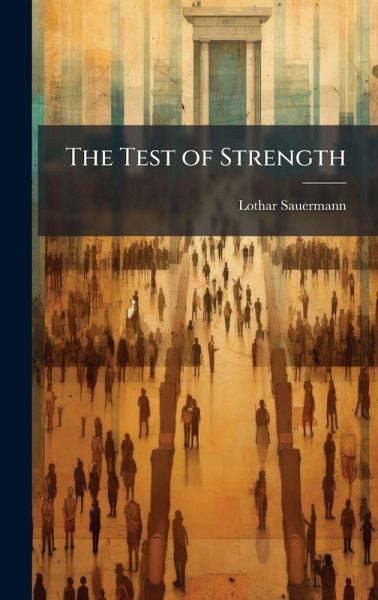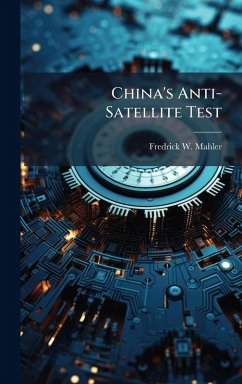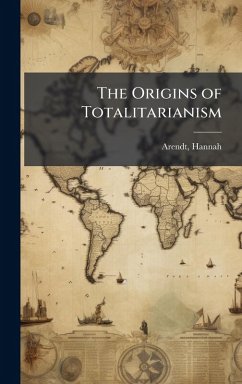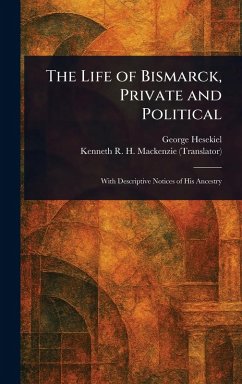
The Test of Strength
Versandkostenfrei!
Versandfertig in über 4 Wochen
29,99 €
inkl. MwSt.
Weitere Ausgaben:

PAYBACK Punkte
15 °P sammeln!
This study comprises an analysis of the German nuclear policy and encompasses two major aspects. First, an attempt to explain Germany's reluctance towards nuclear weapons, and secondly, an analysis of the implications of the findings for Germany's nuclear posture in the future. The research begins with a look at Germany's recent history following WWII with particular emphasis on its politics and nuclear ambitions. The historic part is separated into three chapters, the phase when Germany was disarmed and carefully began to regain signs of political life, followed by the struggle to rearm, and ...
This study comprises an analysis of the German nuclear policy and encompasses two major aspects. First, an attempt to explain Germany's reluctance towards nuclear weapons, and secondly, an analysis of the implications of the findings for Germany's nuclear posture in the future. The research begins with a look at Germany's recent history following WWII with particular emphasis on its politics and nuclear ambitions. The historic part is separated into three chapters, the phase when Germany was disarmed and carefully began to regain signs of political life, followed by the struggle to rearm, and finally Germany's way into the Western Alliance. The underlying argument points out the German government's persistent strife for nuclear ownership in order to regain political status beyond its initial goal of national sovereignty and reunification. Watching its neighbors gaining prestige and status through their independent nuclear weapons program the young Republic undertook several attempts to gain control over those weapons, but ultimately failed. As will be pointed out during this study, the German population did not entirely share its government's enthusiasm for nuclear weapons. This fact was never sufficiently appreciated by the authorities hence protests accompanied the political decision-making process from the start. This work has been selected by scholars as being culturally important, and is part of the knowledge base of civilization as we know it. This work was reproduced from the original artifact, and remains as true to the original work as possible. Therefore, you will see the original copyright references, library stamps (as most of these works have been housed in our most important libraries around the world), and other notations in the work. This work is in the public domain in the United States of America, and possibly other nations. Within the United States, you may freely copy and distribute this work, as no entity (individual or corporate) has a copyright on the body of the work. As a reproduction of a historical artifact, this work may contain missing or blurred pages, poor pictures, errant marks, etc. Scholars believe, and we concur, that this work is important enough to be preserved, reproduced, and made generally available to the public. We appreciate your support of the preservation process, and thank you for being an important part of keeping this knowledge alive and relevant.












